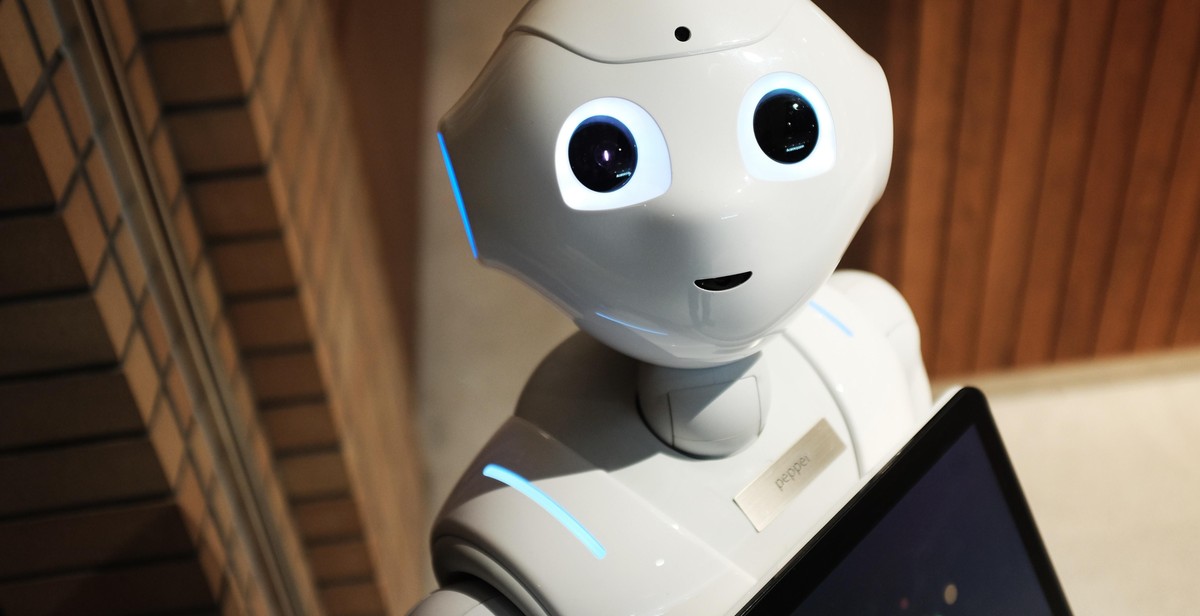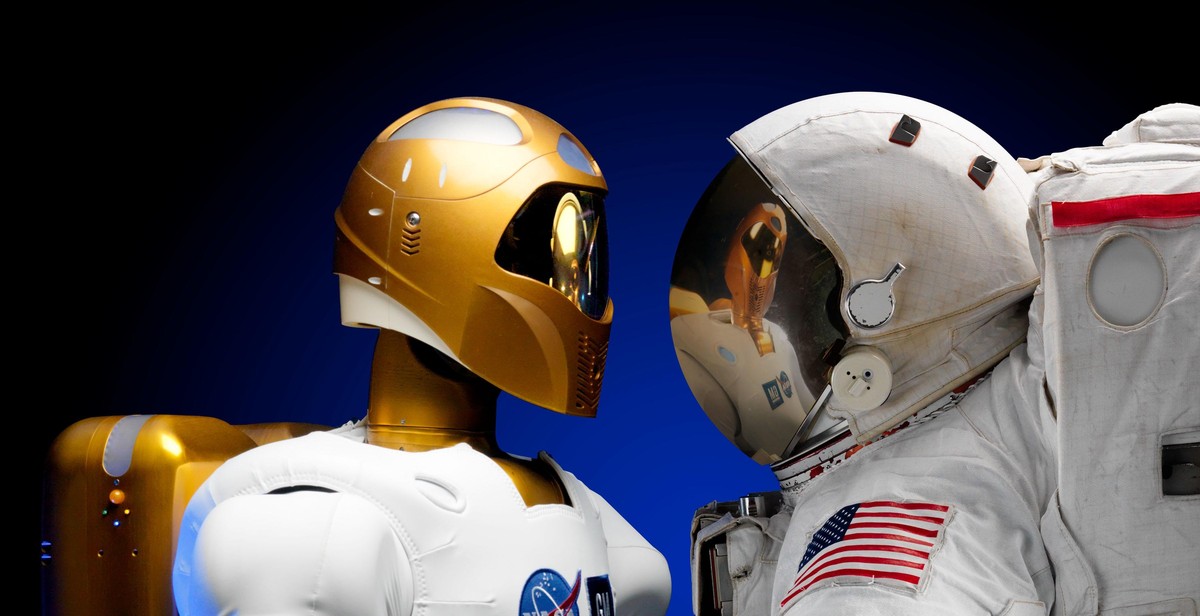Exploring the Frontiers of AI: Breakthroughs and Boundaries
Welcome to the captivating world of Artificial Intelligence (AI), where science fiction meets reality. AI has emerged as a transformative technology, revolutionizing industries and reshaping the way we live and work. From self-driving cars to voice assistants, AI is permeating every aspect of our lives, and its potential seems boundless.
But what exactly is AI? In simple terms, AI refers to the development of computer systems that can perform tasks that typically require human intelligence. These tasks include learning, reasoning, problem-solving, perception, and language understanding. AI systems are designed to analyze vast amounts of data, recognize patterns, and make decisions or predictions based on that information.
AI can be categorized into two main types: Narrow AI and General AI. Narrow AI, also known as Weak AI, is designed to perform specific tasks within a limited domain, such as facial recognition or natural language processing. On the other hand, General AI, often referred to as Strong AI, aims to possess the same level of intelligence as humans, with the ability to understand, learn, and apply knowledge across various domains.
This article delves into the frontiers of AI, exploring the breakthroughs and boundaries that researchers and developers are pushing against. We will examine the latest advancements in AI technology, the challenges faced, and the ethical considerations surrounding its implementation. So, fasten your seatbelts as we embark on an exciting journey to unravel the mysteries and possibilities of AI.
The Evolution of AI
Artificial Intelligence (AI) has come a long way since its inception, evolving through various stages to become the transformative technology we know today. This section explores the key milestones in the evolution of AI, from Symbolic AI to Machine Learning and the recent advancements in Deep Learning.
Symbolic AI: The Foundation of AI
The first phase of AI development, known as Symbolic AI or Rule-based AI, focused on creating intelligent systems using predefined rules and logical reasoning. Researchers aimed to mimic human intelligence by encoding expert knowledge into computer programs. Symbolic AI systems were effective in solving problems within specific domains but struggled when faced with complex real-world scenarios.
Advancements in Machine Learning:
To overcome the limitations of Symbolic AI, researchers turned their attention to Machine Learning (ML), a subfield of AI that focuses on enabling computers to learn and improve from experience without being explicitly programmed. ML algorithms analyze large datasets to identify patterns and make predictions or decisions.
Early ML techniques, such as linear regression and decision trees, laid the foundation for more sophisticated algorithms. However, the breakthrough in ML came with the development of Artificial Neural Networks (ANNs) in the 1980s. ANNs are inspired by the human brain’s structure and function, consisting of interconnected nodes (neurons) that process and transmit information.
Advancements in Deep Learning:
Deep Learning, a subset of ML, emerged as a powerful technique with the ability to learn hierarchical representations from complex data. Deep Learning models, particularly Convolutional Neural Networks (CNNs) and Recurrent Neural Networks (RNNs), revolutionized computer vision, natural language processing, and speech recognition.
Convolutional Neural Networks (CNNs) excel at image classification, object detection, and image generation. By applying convolutional layers, pooling layers, and fully connected layers, CNNs can extract meaningful features from images, enabling accurate recognition and analysis.
Recurrent Neural Networks (RNNs) are designed to process sequential data, making them ideal for tasks like language translation, sentiment analysis, and speech recognition. RNNs utilize feedback connections, allowing them to capture dependencies and context over time.
The recent advancements in Deep Learning, fueled by the availability of massive datasets and computational resources, have enabled breakthroughs in AI applications like autonomous vehicles, medical diagnostics, and natural language understanding.
In conclusion, the evolution of AI from Symbolic AI to Machine Learning and Deep Learning has propelled the field forward, enabling the development of intelligent systems capable of complex tasks. The continuous advancements in AI algorithms and technologies hold the promise of further expanding the boundaries of what AI can achieve.

AI in Everyday Life
AI in Healthcare
Artificial Intelligence has revolutionized the healthcare industry by improving patient care, diagnosis, and research. AI-powered systems can analyze vast amounts of medical data, including patient records, lab results, and medical imaging, to identify patterns and predict potential health issues. This enables healthcare professionals to make more accurate diagnoses and develop personalized treatment plans. Additionally, AI algorithms can assist in drug discovery, helping researchers identify potential new medications more efficiently.
AI in Finance
The financial sector has embraced AI to enhance efficiency, reduce costs, and mitigate risks. AI algorithms can analyze complex financial data and market trends in real-time, enabling financial institutions to make informed investment decisions and manage portfolios more effectively. Intelligent chatbots powered by AI are also being used to provide customer support and streamline banking processes. Furthermore, AI algorithms are employed to detect fraudulent activities and enhance security measures in financial transactions.
AI in Transportation
AI is transforming the transportation industry, making it safer, more efficient, and environmentally friendly. Self-driving cars, powered by AI, are becoming a reality, offering safer transportation options and reducing human errors on the road. AI algorithms can optimize traffic flow by analyzing real-time data, reducing congestion and improving overall efficiency. Furthermore, AI-powered systems can enhance logistics and supply chain management, allowing for better route planning and optimized delivery schedules.
AI in Entertainment
Artificial Intelligence has also found its way into the entertainment industry, enhancing user experiences and creating personalized content. AI algorithms can analyze user preferences, behavior, and engagement patterns to recommend movies, music, and TV shows tailored to individual tastes. Streaming platforms utilize AI to optimize video quality based on network conditions, delivering seamless experiences to viewers. Additionally, AI-powered virtual assistants, such as voice-controlled smart speakers, provide interactive and personalized entertainment experiences for users.

Challenges and Limitations
While artificial intelligence (AI) has shown remarkable advancements in recent years, there are several challenges and limitations that need to be addressed. These challenges span across ethical considerations, data privacy and security, and job displacement.
Ethical Considerations
As AI continues to evolve, it raises important ethical questions. One of the main concerns is the potential for bias in AI algorithms. AI systems are designed to learn from vast amounts of data, but if that data is biased, the AI system may inadvertently perpetuate discrimination or inequality. It is crucial to ensure that AI algorithms are fair and unbiased, especially in areas such as hiring, loan approvals, and criminal justice.
Another ethical consideration is the impact of AI on privacy. With the increasing use of AI-powered technology, there is a growing concern about the collection and use of personal data. Companies must be transparent about how they collect and use data, and individuals must have control over their own data. Striking a balance between the benefits of AI and individual privacy rights is essential.
Data Privacy and Security
The proliferation of AI also raises concerns about data privacy and security. AI systems require vast amounts of data to learn and make accurate predictions. However, this data often contains sensitive and personal information. Ensuring the security and privacy of this data is of utmost importance to prevent unauthorized access or misuse.
Additionally, there is a risk of data breaches or cyber-attacks targeting AI systems. Malicious actors may attempt to manipulate AI algorithms or gain unauthorized access to sensitive data. Robust security measures, such as encryption and authentication protocols, are necessary to protect AI systems and the data they rely on.
Job Displacement
While AI has the potential to automate repetitive tasks and improve efficiency, it also poses a threat to jobs. As AI technology advances, certain jobs may become obsolete or significantly reduced in demand. This can lead to job displacement and unemployment for individuals in industries heavily reliant on manual or repetitive work.
However, it is important to note that AI also creates new job opportunities. As AI systems become more prevalent, new roles will emerge that require human expertise in areas such as AI development, data analysis, and ethical decision-making. Upskilling and retraining programs will be crucial in ensuring a smooth transition for workers affected by job displacement.
In conclusion, while AI has the potential to revolutionize various industries, it is important to address the challenges and limitations it presents. Ethical considerations, data privacy and security, and job displacement are key areas that require careful attention to ensure the responsible and beneficial use of AI technology.

The Future of AI
Artificial Intelligence (AI) has become an integral part of our lives, revolutionizing various industries and shaping the future of technology. As we delve into the frontiers of AI, three key areas stand out: AI and Robotics, AI in Space Exploration, and AI and Human Augmentation.
AI and Robotics
AI-powered robots are becoming increasingly advanced, capable of performing complex tasks with precision and efficiency. From manufacturing to healthcare, robots are enhancing productivity and transforming industries. The future of AI and robotics holds tremendous potential, with the development of intelligent machines capable of learning and adapting to their environment.
AI in Space Exploration
The exploration of outer space has always been a frontier of human curiosity. AI is playing a crucial role in this endeavor, enabling autonomous spacecraft and rovers to navigate and explore celestial bodies. With AI, we can collect vast amounts of data and gain deeper insights into the universe, unlocking mysteries and expanding our understanding of the cosmos.
AI and Human Augmentation
Human augmentation, the integration of AI with the human body, has the potential to revolutionize healthcare and enhance human capabilities. From prosthetics to brain-computer interfaces, AI is enabling individuals to regain lost functionalities and augment their existing abilities. In the future, AI-powered implants may enhance cognition, memory, and sensory perception, blurring the line between humans and machines.
The future of AI is both exciting and challenging. As technology advances, ethical considerations and responsible AI development become increasingly important. It is crucial that we leverage the power of AI to benefit humanity while ensuring its responsible and ethical application.
